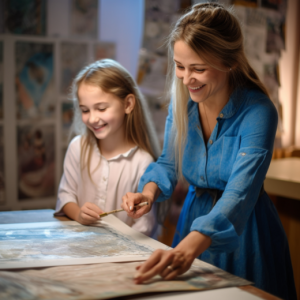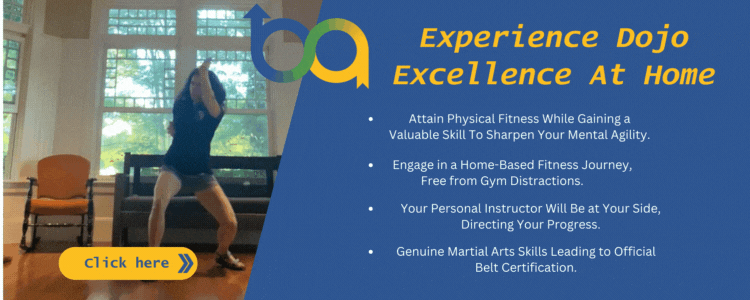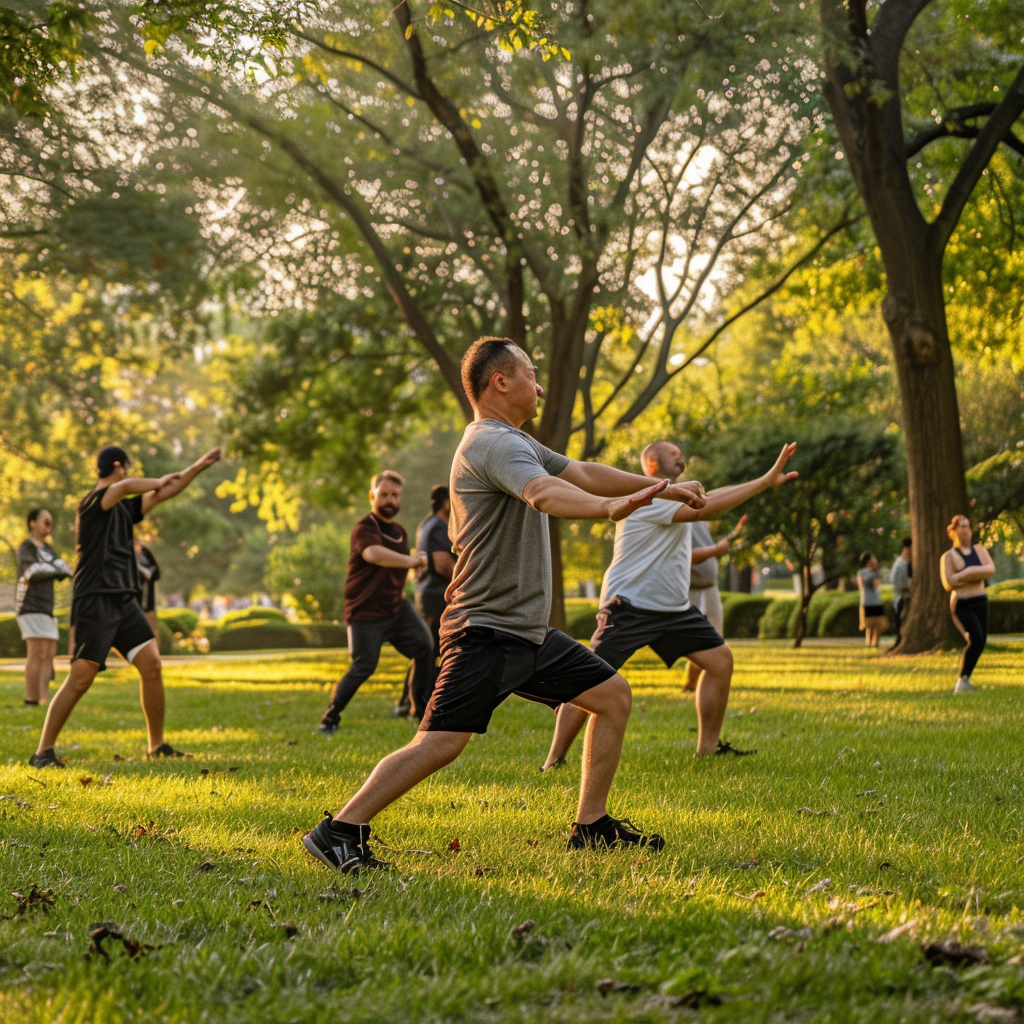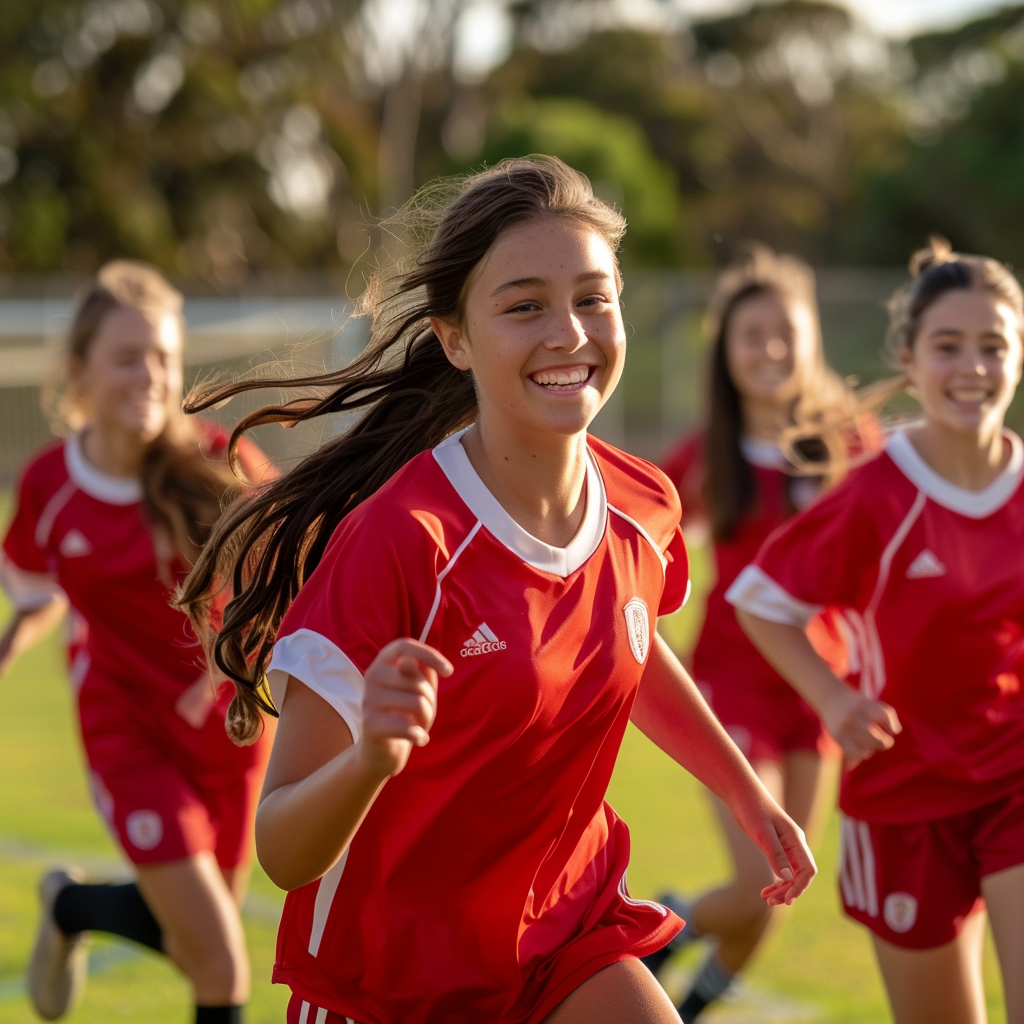 In the realm of education and information retention, there are 3 different learning styles that have been identified: auditory, visual, and kinesthetic.
In the realm of education and information retention, there are 3 different learning styles that have been identified: auditory, visual, and kinesthetic.
Auditory learning allows us to absorb information through sound, enabling us to listen to lectures, discussions, or even educational podcasts.
Visual learning, on the other hand, immerses us in images, diagrams, and videos that enhance our understanding and memory retention.
Finally, the kinesthetic style invites us to actively engage with our surroundings, encouraging hands-on experiences, experiments, and physical activities that solidify our comprehension.
Because learning is a deeply personal and diverse experience, everyone possesses unique strengths and preferences. Perhaps what is most fascinating is combining these learning styles: by doing this, we tap into the full spectrum of human cognition, amplifying our ability to absorb, retain, and apply knowledge.
By embracing a multisensory approach to online education, we tap into the endless opportunities available to us. Let’s discuss more about each learning style, and what it means in the realm of online education as well as how we can combine these styles for optimum learning and retention.
Auditory Learning
In online education, where the traditional classroom setting is replaced by virtual platforms and digital content, auditory learning faces unique challenges.
One of the key obstacles in online auditory learning is the potential loss of non-verbal cues and contextual information that are often present in face-to-face interactions. Body language, facial expressions, and gestures contribute significantly to understanding the spoken word. In an online setting, these cues may be diminished or completely absent altogether, making it more challenging for auditory learners to interpret the intended meaning.
To address this, educators and online platforms can consider incorporating video conferencing tools (like ZOOM) that allow for live interactions, building a more dynamic and engaging learning experience. By enabling real-time visual communication, students can benefit from observing their instructors’ non-verbal cues, enhancing their comprehension and engagement.
Combination Learning: Providing supplementary materials that cater to those who prefer to learn through audible means can greatly assist them in online education. Offering transcripts or written summaries of recorded lectures allows learners to follow along visually while listening. This visual support reinforces comprehension, provides additional context, and helps auditory learners retain key information. It “fills in the gaps” that may be missing when presenting information in an online forum.
By implementing a combination of these strategies, online education can be optimized to accommodate auditory learners, ensuring their needs are met and their learning experiences are enriched.
Visual Learning
 Those who learn through visual means usually require materials like visual aids and physical demonstrations. While it may seem that these materials would be abundant in an online environment, that is not always the case. Adapting visual learning to the digital landscape requires innovative approaches to ensure an effective learning experience.
Those who learn through visual means usually require materials like visual aids and physical demonstrations. While it may seem that these materials would be abundant in an online environment, that is not always the case. Adapting visual learning to the digital landscape requires innovative approaches to ensure an effective learning experience.
One of the primary challenges faced in online education is the limited availability of visual materials or the potential loss of visual clarity. Depending solely on text-based content or low-resolution images can hinder the visual learning process, as it may compromise the ability to perceive and interpret visual information accurately. To address this, educators and online platforms should prioritize high-quality visuals, such as high-resolution images, clear diagrams, and interactive multimedia presentations. Thankfully, much of this is remedied through technology already but as we mentioned, not all programs have the resources to take advantage of it. By ensuring that visual materials are appealing, well-organized, and easily accessible, the learning experience for visual learners can be significantly enhanced.
Combination Learning: Another aspect to consider is the limited opportunities for hands-on activities or physical manipulation of objects, which can support visual learners in their understanding. In the online environment, educators can bridge this gap by integrating virtual simulations or interactive software that provide opportunities for visual learners to engage in practical exercises or explore concepts visually. Additionally, offering supplementary resources, such as visual study guides, infographics, or video tutorials, can further aid visual learners in comprehending complex concepts and reinforcing their understanding through visual representations.
By leveraging technology and providing comprehensive visual materials, online education can cater to the needs of visual learners and facilitate their learning process effectively.
Kinesthetic Learning
 For kinesthetic learners, who thrive on physical movement, tactile experiences, and hands-on activities, online education presents unique challenges as it limits the opportunities for direct interaction with the learning environment. However, with creative solutions and the availability of new technology, we can adapt online education to accommodate kinesthetic learners and provide them with engaging learning experiences.
For kinesthetic learners, who thrive on physical movement, tactile experiences, and hands-on activities, online education presents unique challenges as it limits the opportunities for direct interaction with the learning environment. However, with creative solutions and the availability of new technology, we can adapt online education to accommodate kinesthetic learners and provide them with engaging learning experiences.
One of the primary challenges faced by kinesthetic learners in the online environment is the lack of physical learning opportunities. The absence of hands-on activities or interactive projects can impede a kinesthetic learning style. To address this challenge, educators can explore virtual simulations, video modeling, or augmented reality applications that allow kinesthetic learners to engage with virtual objects. Interactive platforms can provide a sense of physical engagement, enabling kinesthetic learners to actively participate and apply their learning in a virtual context.
Combination Learning: Incorporating active learning strategies into the online curriculum can greatly benefit kinesthetic learners who may otherwise feel trapped. One of the most effective ways to do this is through gamified learning platforms that encourage movement, problem-solving, and physical engagement. Furthermore, educators can encourage kinesthetic learners to create physical representations of their learning through projects, models, or demonstrations at home, and share their work through video presentations or online platforms.
By adapting online education to accommodate the needs of kinesthetic learners through interactive experiences, active learning strategies, and collaborative platforms, we can bridge the gap between physical engagement and online learning.
The Powerhouse Combination
While auditory, visual, and kinesthetic learners each have their unique strengths and preferences, incorporating multiple learning styles online ensures that learners can engage with content in various ways, optimizing their understanding, retention, and application of knowledge.
You may have noticed through each of these examples of learning styles that we also offered the option to combine them. Auditory learners can utilize visual aids, visual learners can demonstrate what they’re watching through physical interaction, and kinesthetic learners can overcome their virtual learning hurdles by taking advantage of platforms that present information in all 3 ways. Of course, it doesn’t have to be exactly like this…you can find the combination of learning that best suits you. That is one of the greatest attributes of learning online – utilize the tools that are given to you in all three modalities to create the perfect learning environment just for you.
Ideally, education would utilize all methods of learning, and combine them flawlessly to encourage motivation and foster retention. By integrating auditory, visual, and kinesthetic elements into online education, learners are exposed to a diverse range of stimuli, catering to their individual learning preferences and enhancing their overall comprehension enabling them to thrive in an ever-advancing world of online education.






